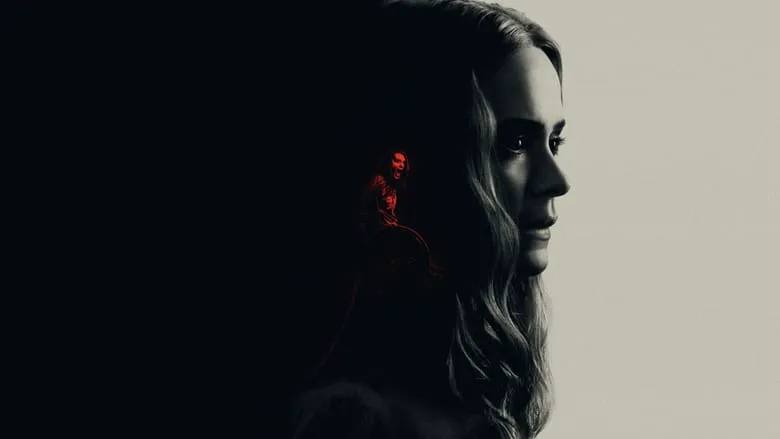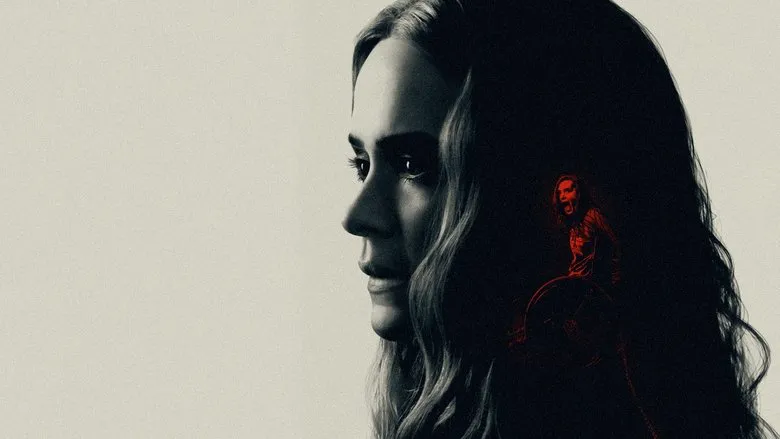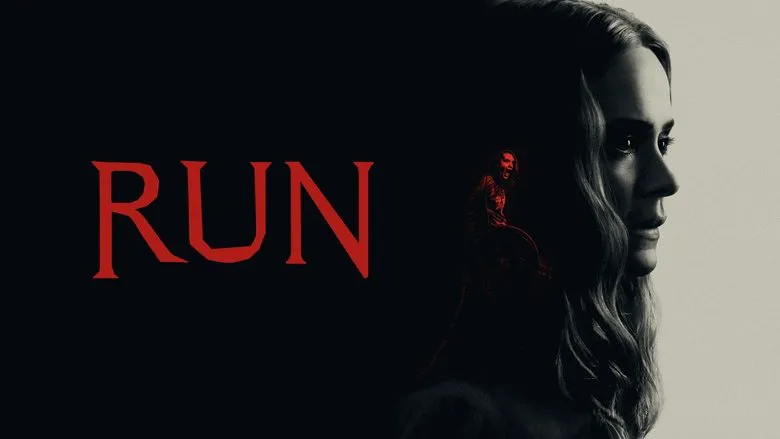“Run”: A Riveting Exploration of Mother-Daughter Dynamics
“Run” plunges us into the intricate world of Chloe, a young woman grappling with numerous health issues since her early years, including being wheelchair-bound, diabetes, asthma, and heart ailments. Her mother, Diane (masterfully portrayed by Sarah Paulson), is a constant presence, her devotion bordering on obsessive. Their seemingly unbreakable bond faces imminent disruption as Chloe eagerly anticipates her college acceptance letters. A chance discovery – Chloe notices that the pills Diane administers are prescribed under her mother’s name – ignites suspicion and sets in motion a series of events that unravel their once-perfect relationship.
 Sarah Paulson delivers a compelling performance as a mother with a dark secret.
Sarah Paulson delivers a compelling performance as a mother with a dark secret.
The release of “Run” coincided with a period of heightened isolation, where families found themselves spending unprecedented amounts of time together. This timing proved advantageous for both the film and its audience, tapping into the complexities of family dynamics – a recurring theme explored in many social thrillers and horror masterpieces like “Hereditary,” “The Omen,” and “Relic.” While Munchausen syndrome isn’t a novel subject in art, Aneesh Chaganty adopts a unique approach, steering away from merely exposing societal problems. Instead, he skillfully injects nostalgic references to classics such as “Misery,” while simultaneously delving into the intricacies of hyper-parenting.
 A pivotal scene showcasing the tense atmosphere of the film.
A pivotal scene showcasing the tense atmosphere of the film.
A Tribute to Hitchcockian Suspense
Chaganty’s direction evokes a sense of classic filmmaking, reminiscent of Hitchcock’s iconic style. He employs techniques like zonal lenses and unsettling zooms, even paying direct homage to “Rear Window.” The frame is meticulously filled with detail, particularly within Chloe’s room, creating nail-biting suspense through precise editing and expected, yet satisfying, plot resolutions. He demonstrates his mastery of genre conventions, possessing a complete arsenal for crafting a genuinely paranoid thriller.
 The film masterfully builds tension through visual storytelling.
The film masterfully builds tension through visual storytelling.
Heightening Tension Through Perspective
Chloe’s disability plays a crucial role in preventing “Run” from feeling stale. The limitations imposed by her wheelchair transform what might be a tired cliché in similar hyper-parenting narratives. Even something as simple as descending the stairs becomes a perilous ordeal for Chloe, and desperate situations force her to crawl onto the roof. This deliberate “anti-handicap,” where the character confronts extraordinary challenges due to her physical condition, elevates the audience’s engagement. This perspective is reinforced not only through the plot but also through visual choices, like the camera frequently framing other characters from the waist down, mirroring the viewpoint of a girl in a wheelchair.
 Chloe’s perspective is a key element in building suspense.
Chloe’s perspective is a key element in building suspense.
A Familiar Plot with an Unexpected Twist
Even the seemingly predictable nature of the plot does not detract from the enjoyment of “Run.” While the ending may appear foreseeable from the outset, it’s easily overlooked in the relentless onslaught of anxiety-inducing scenes, the expert editing, and Sarah Paulson’s unnerving performance. Ironically, the film’s original title, “Run,” acquires a surprising significance in the final moments, which are devoid of sentimentality, instead opting for an uncompromising and even sardonic tone. As many filmmakers would concur, family can be a source of profound torment, and Chaganty adds that the devil isn’t necessarily confined to a single individual.Paulson’s portrayal adds depth to the complex mother-daughter relationship